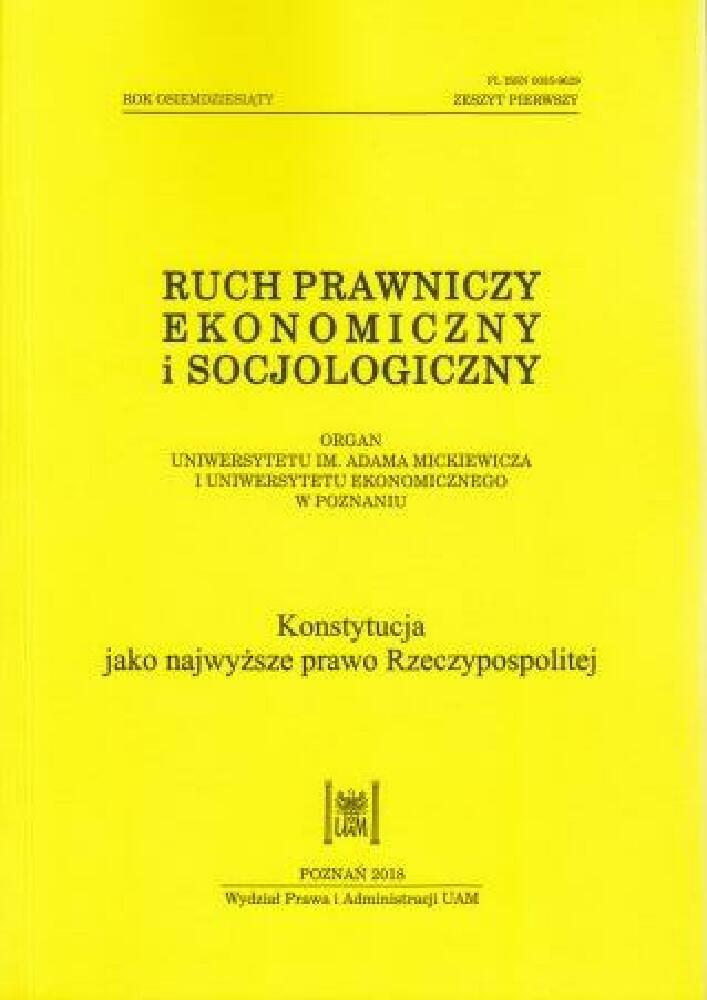Abstract
The article presents two international documents produced in the last decade of the twentieth century, the adoption of which was intended to contribute, among other things, to a more effective protection of cultural assets in times of armed conflicts. The increase in their effectiveness was mainly the result of distinguishing individual criminal liability of perpetrators of offences against cultural property by national and international jurisdictions. Accordingly, the provisions of Second Protocol to the Hague Convention of 1954 for the Protection of Cultural Property in the Event of Armed Conflict (1999) and the provisions of the Statutes of the International Criminal Court have been duly discussed. Attention was drawn to the similarities and differences in thesedocuments which allow to eliminate the existing legal loopholes and the still unsatisfactory level of protection of cultural goods in times of armed conflicts.
License
Copyright (c) 2018 WPiA UAM

This work is licensed under a Creative Commons Attribution-NonCommercial-NoDerivatives 4.0 International License.




